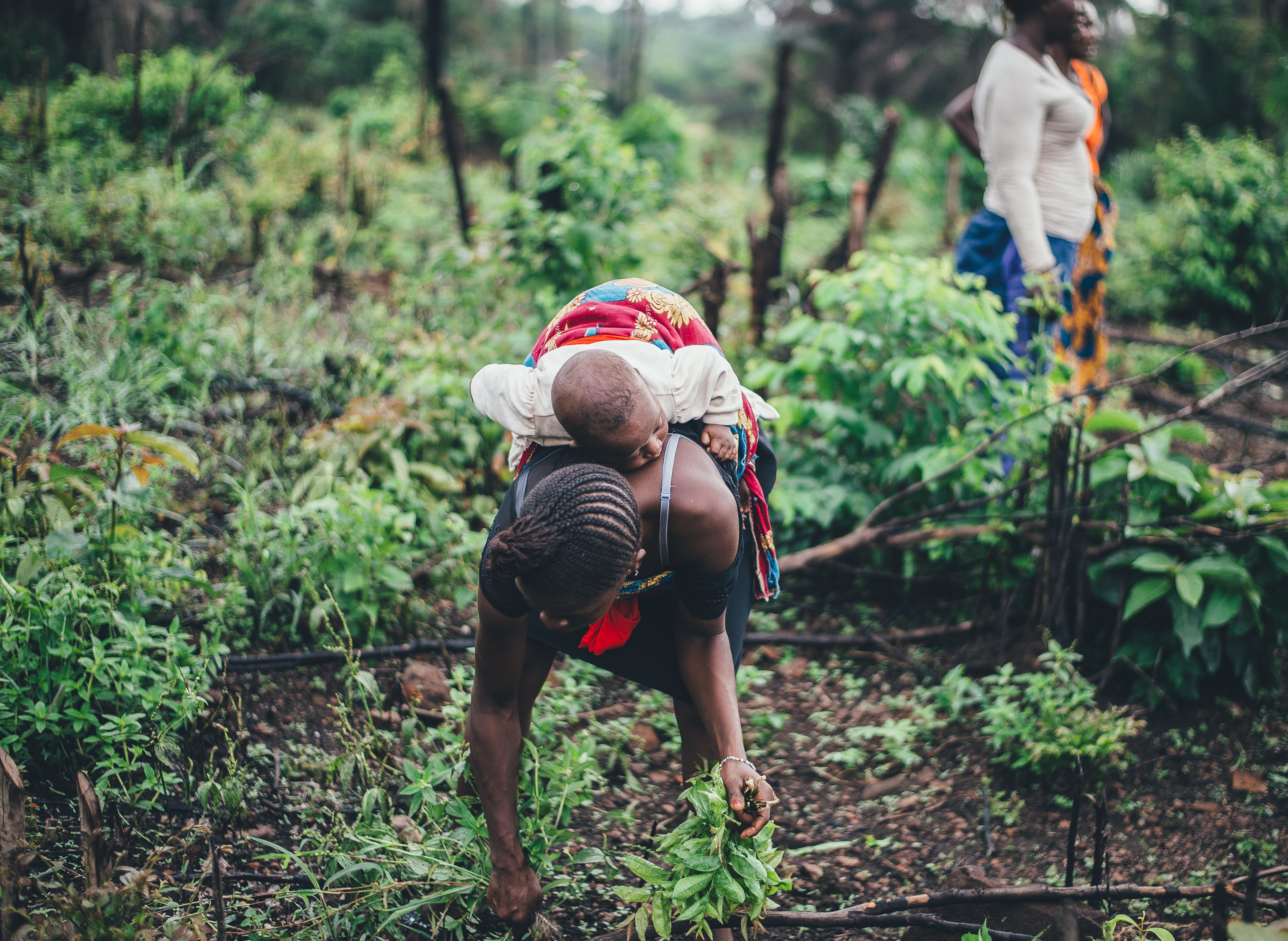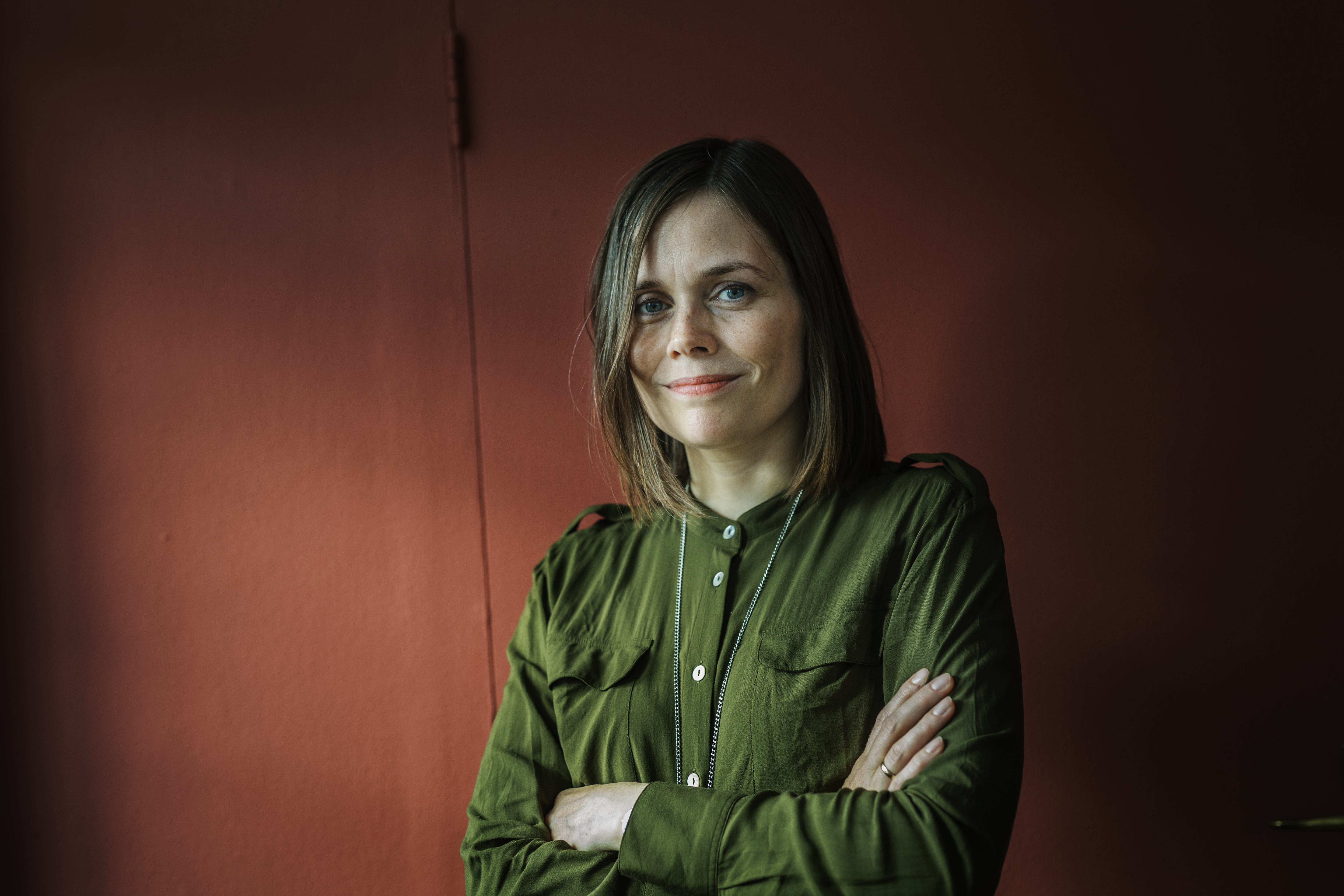By Tanli Su
In the book Drawdown: The Most Comprehensive Plan Ever Proposed to Reverse Global Warming, Paul Hawken states emphatically that reducing the gender gap in developing countries is one of the most important solutions to combating climate change.
One example of the gender gap is in education—many fewer girls than boys receive education in developing countries. Educating girls is crucial because educated women tend to have fewer children, and decreasing the human population greatly reduces our global environmental impact. In fact, Hawken states that providing primary through secondary education for all girls in low-income countries would result in 59.6 gigatons of carbon dioxide emissions reduced by 2050.
Women also have a significant impact in agriculture. As men migrate to the cities in search of paid work, women are becoming increasingly important to the agricultural labor force in developing countries. However, women have significantly less access than men to productive resources such as land, livestock, seeds, tools, fertilizers, technology, farm labor, and financial services.
As stated in a 2011 report from the Food and Agriculture Organization (FAO), closing the gender gap in agriculture would increase the productivity of female farmers by 20-30%. This is crucial because regenerative practices that allow for higher agricultural productivity also turn soil into a carbon storehouse, and higher agricultural productivity means less pressure to deforest land for farming. In other words, closing the gender gap in agriculture would not only help us feed our growing human population, but it would also increase carbon sequestration, reduce deforestation, and will, therefore, lessen our overall environmental impact significantly.
This connection between gender inequality and environmental degradation forms the basis of the idea of ecological feminism, or ecofeminism.
Ecofeminist scholars who coined the term “ecofeminism” in the 1970s argued that the system of capitalist patriarchy is the underlying source of both the exploitation of nature and the oppression of women. As stated in the book Ecofeminism by Maria Mies and Vandana Shiva, the desire for dominance over females has led men to oppress women through rape, violence, and sexism, while the desire for profit has led men to oppress nature through the exploitation of its resources and the destruction of ecosystems.
Take a recent example: the Trump administration’s current plans to open up the Arctic National Wildlife Refuge for offshore oil drilling. These plans, which would contribute to climate change as well as endanger wildlife in the refuge, demonstrate how destructive capitalist patriarchies can be for the environment.
But is modern environmental degradation truly fueled by the systems of patriarchy and capitalism? One way to explore this question is through examining the case of Iceland, which is known for being a world leader in both gender equality and environmental protection.
Iceland is clearly one of the least patriarchal countries in the world today—the country has “the most gender-equal parliament in the world among countries without a quota system” and was ranked number one in female political empowerment by the 2017 World Economic Forum’s survey for gender equality.

Furthermore, Iceland’s current Prime Minister is Katrín Jakobsdóttir, an ardent feminist and environmentalist who is setting Iceland on the path to become carbon neutral by the year 2040. This connection between female political empowerment and progressive environmental policy in Iceland is unmistakable.
As one of the greenest and least patriarchal countries in the world, Iceland’s case offers strong support for the ecofeminist argument that patriarchy fuels environmental degradation. However, Iceland is still a capitalist country—so does this undermine the argument that capitalism fuels environmental degradation?
To begin to answer this question, we will have to draw attention to the fact that there are different types of capitalism, and Iceland’s current capitalist system—especially under female leadership—is a regulated one, unlike the relatively unfettered capitalism practiced in a Western democracy like the U.S.
After the stock market collapsed in 2007 in most capitalist countries, including Iceland, Iceland’s gender-equal parliament reversed course and reined in the banks that were responsible for the collapse by letting them fail and by adopting much stricter regulations. Iceland was able to cushion the effects of bank failures on its population by implementing strengthened social safety net policies. As a result, Iceland was able to recover much faster than most European countries.
The fact that Iceland’s gender-equal regulation-oriented capitalist system has, after 2010—created a vibrant progressive social economic system through strengthening not just environmental protection laws, but also laws promoting gender equality and social safety nets—demonstrates the potential of ecofeminism for building a greener and more equitable world.
Ultimately, an examination of Iceland’s recent history supports the ecofeminist argument that it is the combination of patriarchy and unregulated capitalism that fuels environmental degradation. Perhaps Iceland’s case tells us that for countries to move decisively towards both environmental protection and gender equality, there will have to be a critical mass of women in important political positions and that the existence of just a handful of token women in politics is not enough.
Now that record numbers of women are running for office in the U.S. in 2018 and men, as well as many enlightened companies, are increasingly supporting the movement for gender equality, a much more gender equal political-economic system is emerging in our country—one that holds the promise of a much healthier planet and the beginning of the final stage of the women’s liberation movement that started a hundred years ago.
Let’s hope that this is the final stage that leads to the end of female subservience in both the public and private spheres, and with that, the dawn of a new global consciousness that sees environmental protection as a non-negotiable top priority.
Photo credits:
“Women farming cassava in Sierra Leone” by Annie Spratt on Unsplash
“Katrín Jakobsdóttir” by NordForsk/Kim Wendt on Flickr